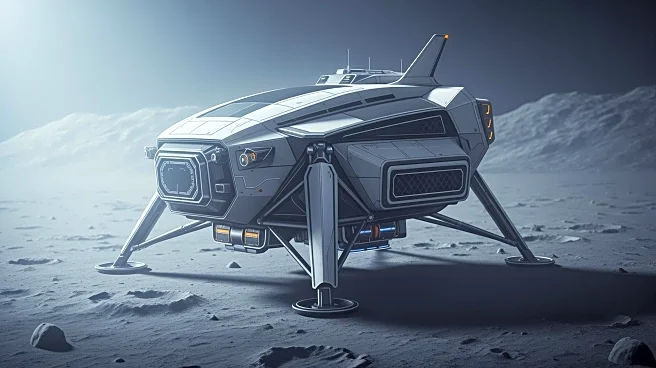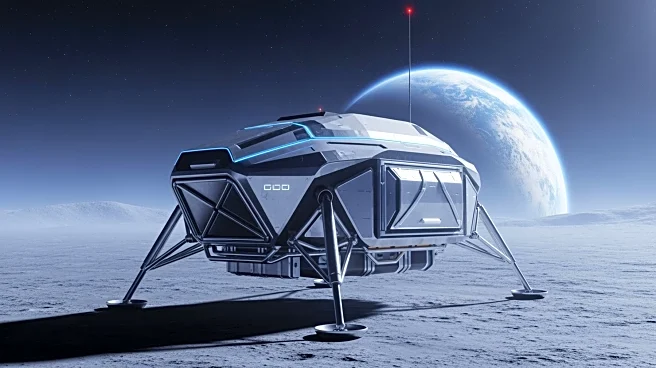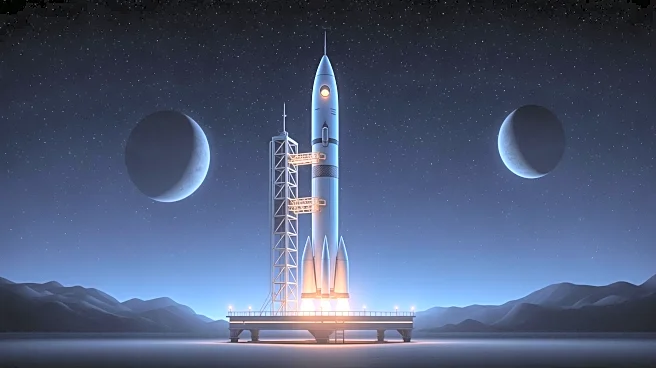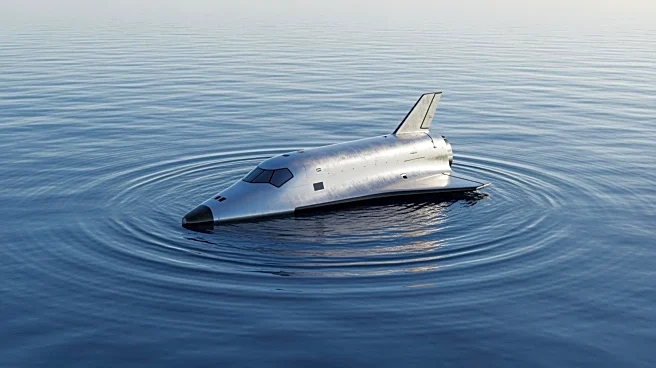What's Happening?
SpaceX and Blue Origin have submitted revised lunar landing architectures to NASA, potentially accelerating the timeline for the Artemis 3 mission, which aims to achieve the first crewed lunar landing since the Apollo era. NASA's interim Administrator
Sean Duffy has indicated that the mission may occur a couple of years after Artemis 2, possibly in 2026, despite an official forecast for mid-2027. SpaceX, contracted for Artemis 3 and 4, is behind on development milestones, while Blue Origin is exploring an uncrewed lunar landing for its Blue Moon Mk1 variant.
Why It's Important?
The competition between SpaceX and Blue Origin for NASA's lunar landing contract is significant for the future of U.S. space exploration. The revised architectures could lead to a faster return to the Moon, enhancing crew safety and mission efficiency. SpaceX's Starship offers superior capacity and reusability, while Blue Origin's Blue Moon Mk1 variant could provide alternative solutions. The success of these missions is crucial for establishing lunar outposts and advancing U.S. capabilities in space exploration.
What's Next?
NASA plans to extend its request for proposals to the broader space industry once the federal government reopens. Both companies' plans rely on the availability of orbital propellant depots, requiring tanker missions for vehicle refueling. SpaceX aims to demonstrate orbital propellant transfer by 2026, while Blue Origin could send an uncrewed lander to the Moon this year. The outcome of these developments will shape the future of lunar exploration and the Artemis program.
Beyond the Headlines
The renewed competition between SpaceX and Blue Origin highlights the evolving landscape of commercial space exploration. The advancements in lunar landing technologies could lead to new opportunities for collaboration and innovation in the space industry, potentially influencing future missions to other planetary surfaces.















